dr timothy young
Displaying items by tag: dr timothy young
Dr. Timothy Young, Board Certified Foot Surgeon, Discusses Maximal Recovery After an Ankle Sprain

Dr. Timothy Young, board certified foot surgeon discusses maximal recovery after an ankle sprain
How does a runner know when they’re fully recovered from an ankle injury?
Ankle sprains often in result in total or partial tearing of the ankle ligaments.
Most commonly this is the anterior talofibular ligament or ATF ligament.
For third degree sprain remaining off the ankle for 3-4 weeks is ideal. What about after that timeframe. Wearing a brace initially to protect the ankle from repeat injury is helpful and physical therapy can be helpful. Other rehabilitation options include using a stationary bike or aqua jogging. Balancing exercises or proprioceptive exercises are also helpful.
But when do you know when you can return to running such as trail running
Sometimes it is knowing when you have a confidence than your ankle will hold up over uneven terrain. A very good benchmark for knowing when you can return to running and especially trail running, is when you can run up and downstairs without grabbing the handrail. Your body unconsciously is giving you a " go ahead". This is a crude but actually very accurate indicator of when you have adequate strength and recovery in the ankle and confidence in your proprioceptive - balance reflex.
If you are experiencing foot or ankle pain, give us a call today at 425-391-8666 or make an appointment online today.
Dr Timothy Young, a Board Certified Foot Surgeon, Talks About Supartz (Synthetic Joint Lubricant)
Dr. Timothy Young has used this treatment for arthritis in the foot and ankle for over 10 years. This has been one the most effective nonsurgical options that we have. Supartz is synthetic joint lubricant Sodium Hyaluronate, and this is very joint and cartilage protective.
On the other hand, another common injection used by many clinics is cortisone. Cortisone can be very damaging to joints and cartilage especially with repetitive use. It can weaken the joint capsule and cartilage and over time accelerate the degenerative process. Supartz does not have these degenerative properties in fact quite the opposite, it is very protective.
Applications: Arthritis of the great toe joint is one the most common applications. But arthritis and joint pain from the ankle is another common treatment site along with other joints in the forefoot and midfoot. '
Duration: We have found that Supartz injections can provide relief and last between 6 and 12 months.
The local anesthetic is utilized initially so that there is no pain during the Supartz injection itself. Also during the Supartz injection Dr. Young utilizes ultrasound imaging to pinpoint the location and make certain that the Supartz goes directly into the joint as intended.
For a live video showing Dr. young doing a Supartz injection for great toe arthritis see youtube: https://www.youtube.com/watch?v=kZ9Rc6B8Fqc (Search: BestFootDoc Supartz YouTube)
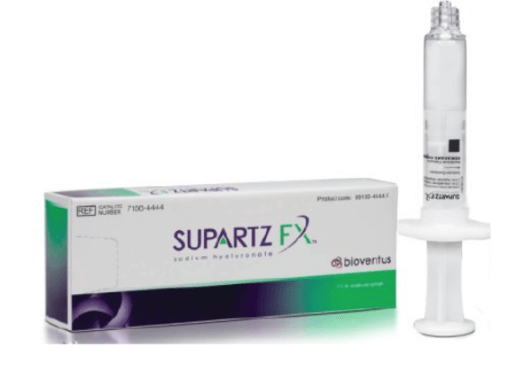
If you are experiencing foot or ankle pain, give us a call today at 425-391-8666 or make an appointment online.
Dr. Timothy Young, a Board-Certified Surgeon Talks About Finding the Best Foot Surgeon to Treat Your Bunions

Bunion surgery is something not to take lightly. Bunions can be very painful, and they can be hard to treat. This is a structural problem with the first metatarsal and related joints. It is a condition that is often genetic and at the foot type that is prone to bunions is inherited. So, some individuals will have bunions at a very early age, and we call this a juvenile onset bunion. These tend to progress much quicker than those that develop later in life. Again, it's common to have other family members with bunions because of the common foot structure that is prone to this.
Dr. Timothy Young, Board Certified Foot Surgeon Talks About How His Capsulitis of the Second Toe Was Treated
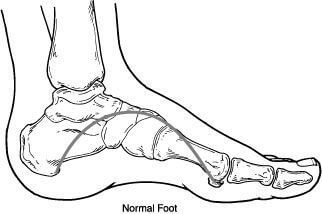
Capsulitis of the second toe and the second MTP joint is one of the more common conditions that we see and treat. Much of this problem is mechanical in nature. Some it has to do with the foot structure itself and it can also be an overuse injury. There is essentially too large a stress load going to this one joint (2nd MTP) disproportionate to the adjacent joints. The traditional treatments that are still critically important include prescription orthotics and good shoes that have forefoot rocker such as a Hoka shoe or Altra shoe. Other treatments include stretching the calf with a night splint and there are other treatments such as taping.
This can be a chronic and frustrating condition to treat. For the most intense problems where there is inflammation of the capsule we often consider adjunctive treatments. One of the simplest treatments that can be done that does not involve an injection is shockwave therapy. The goal of the shockwave therapy is to do intense treatment and the body essentially receives this treatment and believes there has been more trauma. The body reacts by increasing the blood flow to the local tissues including the capsule.
Also some the local healing factors, become more available to this tissue. This is very similar in some ways to other treatments that help the body regenerate. There are other treatments that can be done such as injections. Injections of Supartz which is sympathetic joint lubricant can be very helpful especially if some of the problem is actually intra-articular and not just the capsule but inflammation and pain of the actual joint itself including cartilage pathology and degenerative joint disease. Other injections may include Traumeel which is a non-cortisone based anti-inflammatory. In severe cases the plantar plate can be damaged an MRI may be indicated. These cases often require surgical repair.
Give us a call at 425-391-8666 or make an appointment online today.
Dr. Timothy Young, Board Certified Foot Surgeon Discusses a More Involved Tailor's Bunion Surgery Correction
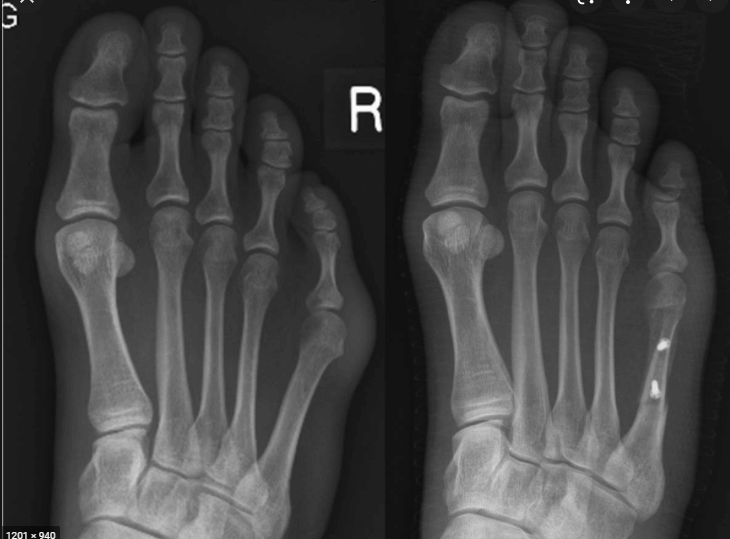
In some cases, the fifth metatarsal bone was away from the adjacent fourth metatarsal so much that to correct the problem we must reset the bone. This is much like creating a surgical fracture realigning the bone exactly where it should be amenable allowing it to heal in its new position. This can correct a more pronounced tailor's bunion.
This requires some type of fixation. Usually this involves one or 2 small screws to hold the bone in the newly aligned position. Bone healing typically takes 6–8 weeks. Therefore, the cast boot is used long enough to allow for the additional bone healing. This can also help if the patient has a pressure point under the fifth metatarsal or callus under the fifth metatarsal. There are several different ways of realigning the bone and then fixating this.
Dr. Timothy Young, Board Certified Foot Surgeon Discusses Surgery for a Bunionette or Tailor's Bunion Surgery

A tailor's bunion is a problem, or the fifth metatarsal and the fifth metatarsal head protrude laterally or to the outside of the foot. This causes pressure and pain especially with shoes ski boots etc. This is usually a structural problem. The fifth metatarsal tends to angle outward away from the adjacent fourth metatarsal. Sometimes it is a simple problem and it's just enlargement of the head of the fifth metatarsal. From a surgical perspective this can be treated by surgically shaving down the bump. This tends to be a much quicker recovery.
This would involve the incision, surgically incising the joint capsule then shaving down the bone and using a surgical orthopedic burr to smooth that down area. After the bony prominence has been smoothed down and reduced the wound is flushed and the layers including the capsule subcutaneous layer and skin are all surgically repaired and sutured. This tends to be a quick recovery it can be as short as 3 weeks in a cast boot.
Give us a call today at 425-391-8666 or make an appointment online today.
Dr. Timothy Young Discusses Stubborn Capsulitis Part 2
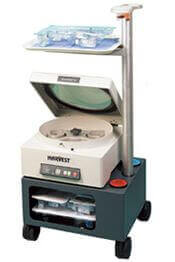
Again, I have had this problem before and as mentioned in prior blogs I did many of the appropriate initial treatments listed in my previous blogs. The next step to consider is some of the other alternative treatments. We used to do cortisone injections for this, and we do that very rarely now. There is a non-cortisone anti-inflammatory called Injectable Sterile Traumeel that has much decreased potential risk for damaging the capsule (unlike cortisone). There is also PRP–platelet rich plasma. This can be very effective especially when combined with shockwave treatment. Shockwave treatment can also be done as a stand-alone procedure. The problem with some of these additional treatment options is that they often take several months to really be effective. That's where it's hard to do this but one needs to have patience. Again, that's where cross training can be helpful such as cycling or aqua jogging. For my capsulitis as mentioned, I did the typical initial treatments. I wore special orthotics modified for the capsulitis, I have shoes with a good rocker design, I don't go barefoot at home. I work on stretching my calf and I have a night splint . I stopped running for exercise and only did walking.
Dr. Timothy Young, A Board-Certified Foot Surgeon Talks About Mid Foot Bone Spur Surgery Part 1
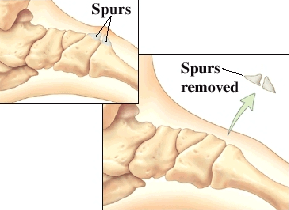
Bone spurs in the midfoot are quite common. One common example is a prominence or spur or bump on the top of the foot. In the midfoot area this often involves the first or second metatarsal cuneiform joints. This creates a pressure point in the midfoot and often times the dorsal nerves in the midfoot get pinched in this area.
This are does not have much additional subcutaneous layer to cushion and protect it. Shoe pressure here can cause problems. Often this is aggravated with shoe pressure. Changing shoelacing can help and shoes that do not come off for on the top of the midfoot can help also such as a moccasin-type shoe. Note that some bone spurs are the result of underlying arthritis in the midfoot. This can be a different scenario and may require fusion of the involved joints. A common example of this would be fusion of the second metatarsal–cuneiform joint.
If you are experiencing foot or ankle pain, give us a call at 425-391-8666 or make an appointment online.
Dr. Timothy Young, a Board-certified Foot Surgeon, Discusses Removing Hardware After Bunion Surgery
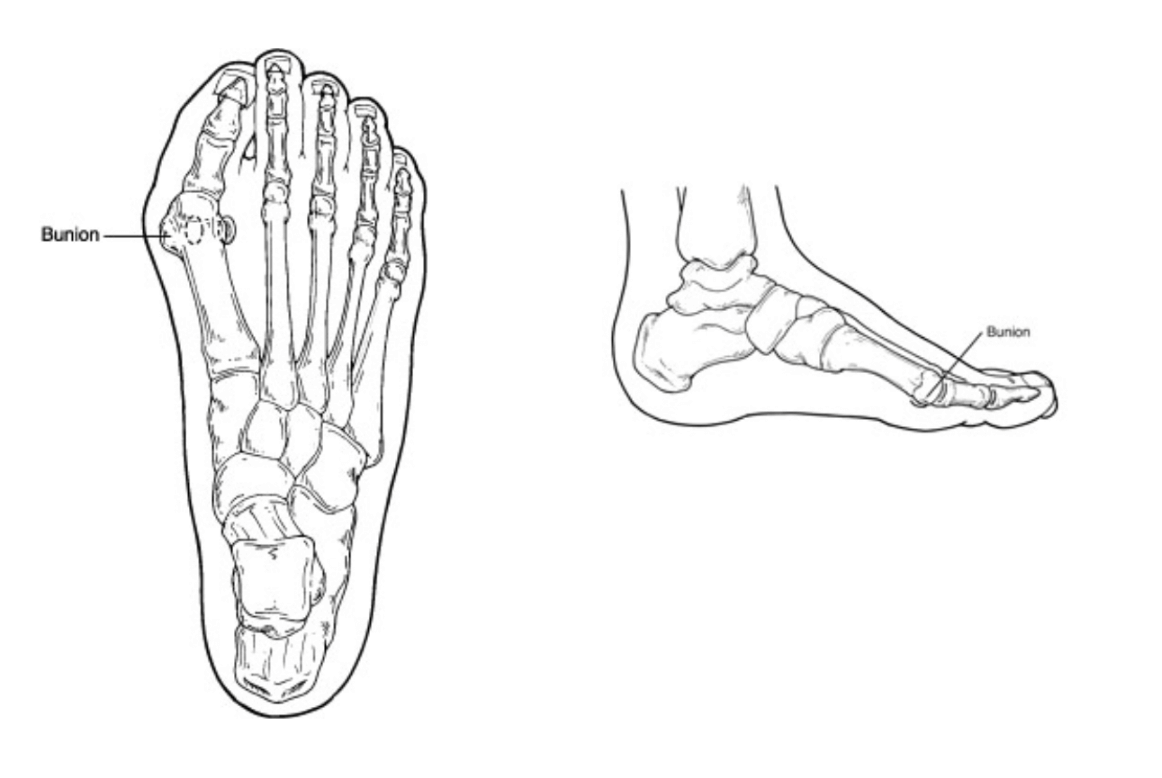
Most bunion surgeries require screws or plates (or a combination). It’s important during bunion surgery, in order to get full correction and realign the bones and joints, the bone is typically resected or effusions are done to realign the first metatarsal. This requires hardware such as plates and screws. Once the hardware has done his job and the bone has healed and maintained the new corrected alignment and position, many of our patients elect to have hardware removed. The hardware can be medical grade stainless steel or titanium. These are the most common metal/metallic implants used.
Sometimes the head of the screw causes minor irritation or part of the threads protrudes enough that there is irritation with some of the adjacent soft tissue.
In other instances some patients seem to be sensitive to having a foreign body or a non-human item in the body. Some patients have minor skin manifestations although this isn’t common. In general patients feel better once the hardware is out.
If you are experiencing foot or ankle pain, give us a call at 425-391-8666 or make an appointment online today.
Dr. Brandon Nelson, A Board Certified Bunion Expert, Discusses Why Issaquah Foot & Ankle Specialists Is The Number One Bunion Surgery Center
Why Us?
The bunion is a complex deformity that arises for many reasons. It is primarily a deviation of the toe on the first metatarsal and the medial cuneiform.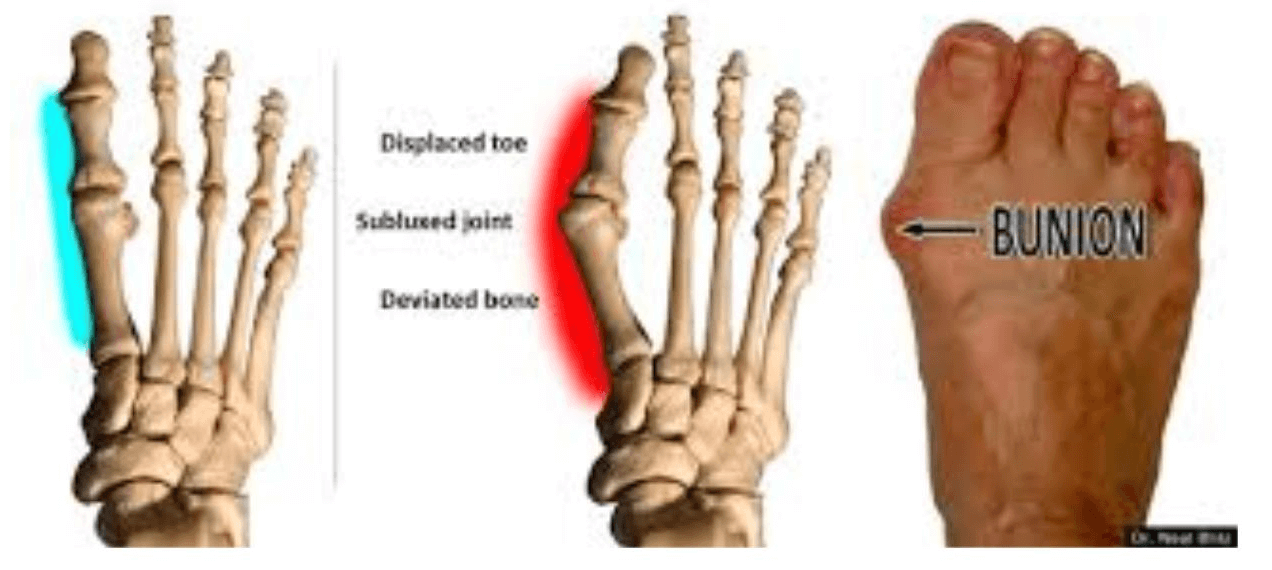
However, it is much more complex than that. The majority of surgeons do not appreciate the fundamental nature of the bunion and the inherit instability of the foot that leads to the bunion. That is where Issaquah Foot & Ankle Specialists are different than the majority of clinics, we specialize in bunions and are considered the premier experts.
To further expend on why we are the only place to have bunion surgery will take a little understanding of the deformity itself. The bunion is not a simple deviation of the toe it is complex condition that requires consideration of the overall foot structure and the cardinal planes of the body. Cardinal planes or anatomical planes are terms we use to describe the three-dimensional relationship of the human body
and how it moves in space. The three cardinal planes are the frontal, transverse and saggital.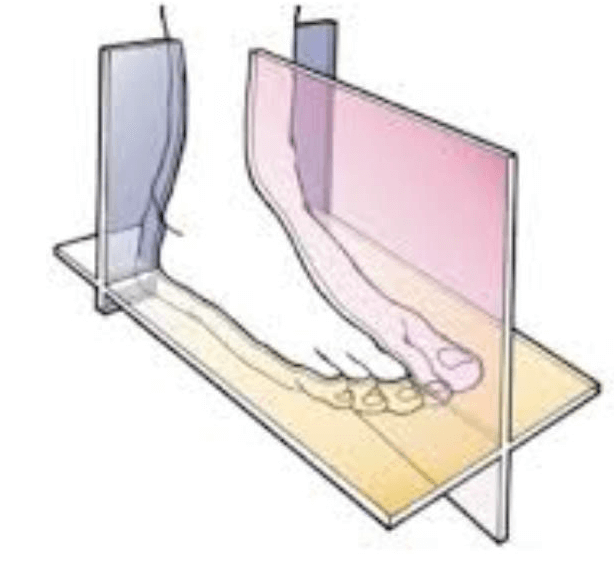
Why are these cardinal planes important when it comes to bunion surgery?
It is extremely important to evaluate all three anatomical planes when it comes to a bunion. The vast majority of bunion surgeons do not evaluate the bunion with respect to these planes and often use a 2-D picture to describe a 3-D problem. An example of this is what is called the Anterior-Posterior x-ray view. This is the view most commonly employed for a bunion.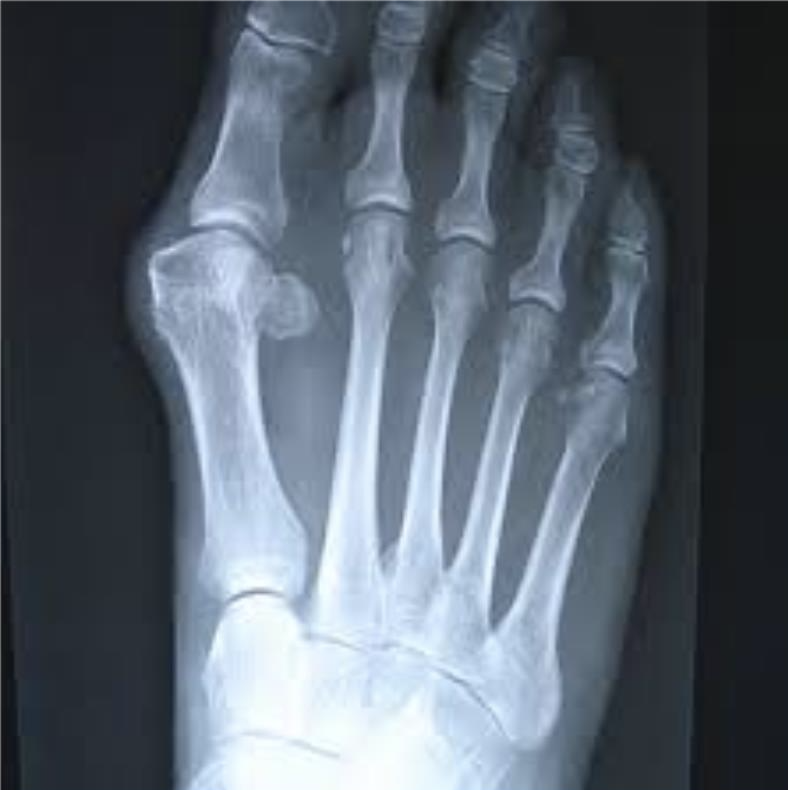
The problem with only evaluating the bunion on this top-down view is it only provides a picture of the deformity in one anatomical plane. This is where the problem lies. The large majority of bunion surgeons stop here and provide a correction in this plane only. This can ultimately result in reoccurrence and revisional surgery. This is an incomplete understanding of the bunion and one of the main reasons for poor outcomes. Issaquah Foot & Ankle Specialists provide a complete evaluation of the foot and bunion as a whole. That is why we also incorporate an x-ray technique that helps to evaluate the bunion relationship to the foot and all anatomical planes.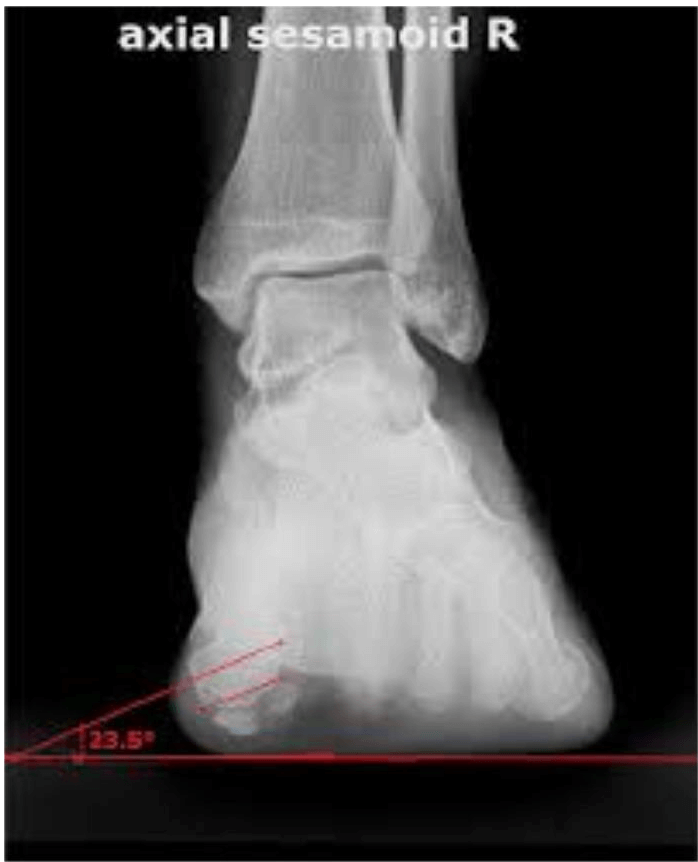
The above picture is called a sesamoid axial x-ray. It is one of the most important x-rays for a bunion. This helps the surgeon, in combination with the top-down view we saw above, make the best possible decision in planning for a bunion deformity correction. This sesamoid view above determines the bunion’s relationship in another anatomical plane the frontal plane. The frontal plane basically describes the position of the bunion and whether there is any rotation of the bone. If your surgeon only looks in one cardinal plane, they will miss the rotation of the bunion and only provide correction in one plane and your reoccurrence rate goes up.
I strongly recommend anybody that is contemplating bunion surgery to have your foot evaluated by one of our Doctors, we are Board Certified Bunion Experts and have over 30 years of experience and performed 1000’s of bunion surgeries.
Give us a call today at 425-391-8666 or make an appointment online today.



